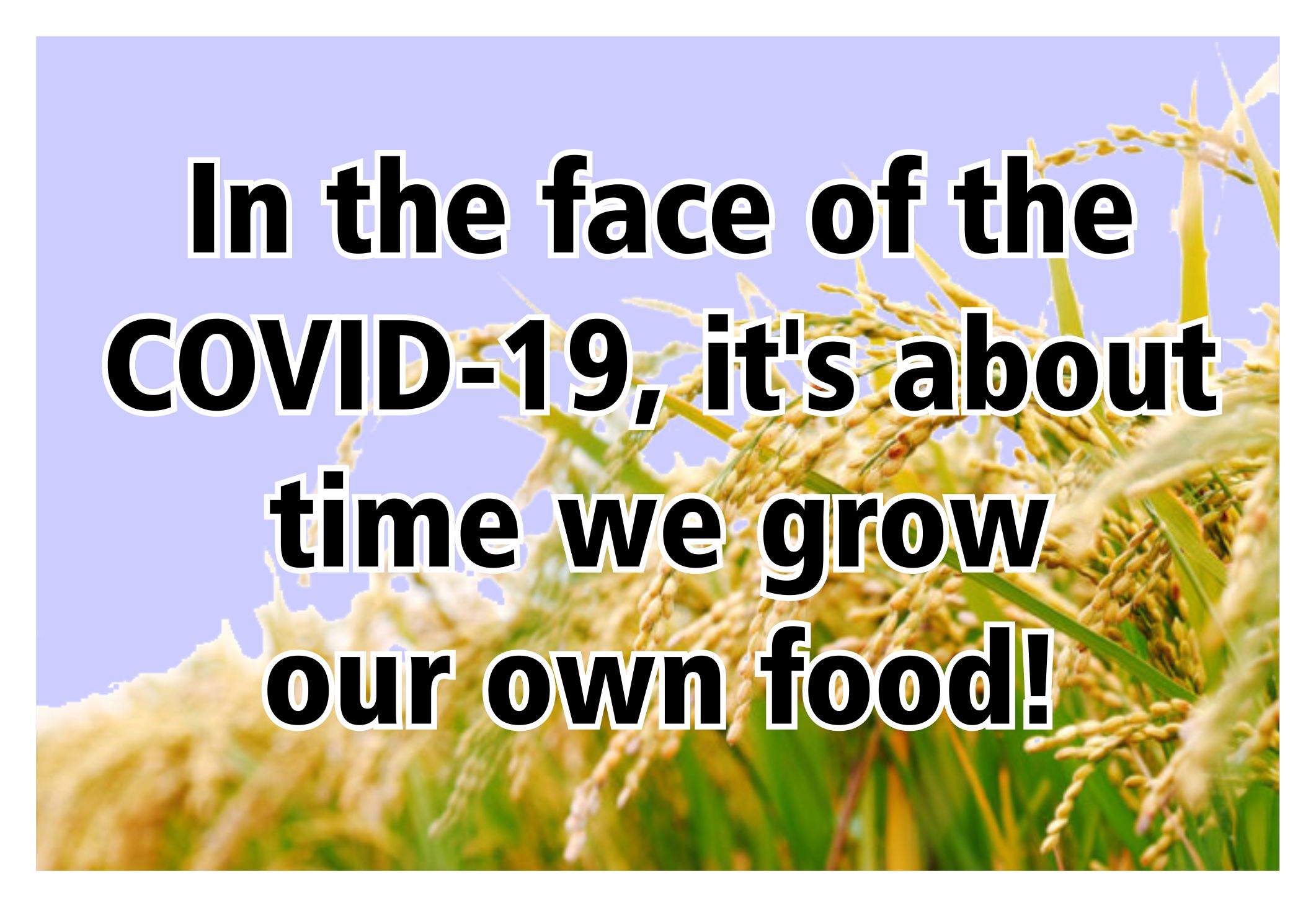𝐈𝐧𝐭𝐫𝐨𝐝𝐮𝐜𝐭𝐢𝐨𝐧
Perhaps it was the way we were taught, and learned history, as a school subject.
In elementary and high school, we hated History Class because of the demands to take note of, and memorize dates, persons, and places like entries in an accounting ledger. More often than not, the emphasis on the chronology of happenings and the characters of central figures diminished the significance of the events and their roles in the circumstances of historical development.
In high school we had this history teacher whom we fondly called “Gata.“ I simply cannot forget his graphic tale, on one class session, of a gregarious meeting between Ferdinand Magellan and Rajah Humabon so detailed as to enumerate the dishes served in a sumptuous lunch, not to mention, a game of “dama“ thereafter, like he was personally there to record the event. While this method had the effect of breaking a student’s boredom and catching his attention, it had the unintended result of one getting to view historical events like vaguely-related episodes in a potboiler teleserye.
I guess things haven’t changed much. Many still look at history as a bunch of dates, persons, and places like items in a restaurant menu, each piece subject to the individual tastes and preferences, including dressings and side dishes, of the eatery’s owners, as well as its patrons.
On the other hand, it is said that history is written by the victors, and it would not come as a surprise if occurrences are presented from their perspectives, and any departure therefrom is branded as “revisionism.” Taking the account ledger metaphor, certainly one cannot have a fair assessment of material standing when entries are omitted or undervalued in the records. It follows then that an alternative, if not a more objective view of history can be gleaned from digging up the unwritten, the obscure, and the deliberately concealed. No wonder, teleseryes are replete with “flashbacks” to explain circumstances, even personality quirks and flaws of characters.
For instance, last November there was some amount of celebratory commemoration of the victory of the Negros revolutionaries against the Spanish colonial government. While much was said about the clever way the Spaniards were deceived into surrendering to the rebels on November 5, 1898 through the ruse of displaying rolled bamboo mats disguised as cannons, there has been little mention, if any at all, about the short-lived existence of the so-called Republic of Negros after the surrender of the cantonal government to American forces on March 4, 1899.
That submission certainly cut a lot of ground from the independence ambitions of the Malolos Republic. It is thus, not difficult to surmise that the tipping point to American colonization of the Philippine Islands was not the capture of Aguinaldo in Palanan, Isabela on March 23, 1901, but the capitulation early on of the 𝘩𝘢𝘤𝘪𝘦𝘯𝘥𝘦𝘳𝘰-led revolution, leading to the establishment of Negros Island as a protectorate of the United States on April 30, 1899.
There is little doubt that the surrender of the Negros cantonal government was motivated by economic interests. In fact, the favored access to the American market that followed made the Philippine sugar industry the major beneficiary of colonization. Consequently, many, if not most, of the features of the colonial relations between the Philippines and the USA were defined by the interests of the sugar-landed class. In fact, an examination of American legislations on the colonial status of the Philippines would reveal provisions on trade, especially in relation to sugar, were a major consideration in the drafting of such enactments.
It is no source of wonder, therefore, that the so-called sugar bloc would become a strong, if not the most powerful, political clique in post-Spanish Philippine society, even decades after independence in 1946. In fact, I would dare say that much of contemporary Philippine political history post World War II has been defined by the fortunes—and later, ills—of the sugar industry, and its deference to American foreign policy.
(𝙏𝙤 𝙗𝙚 𝙘𝙤𝙣𝙩𝙞𝙣𝙪𝙚𝙙)


